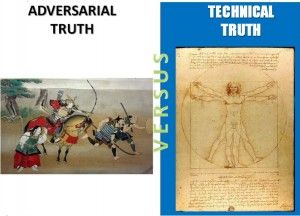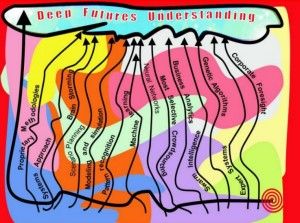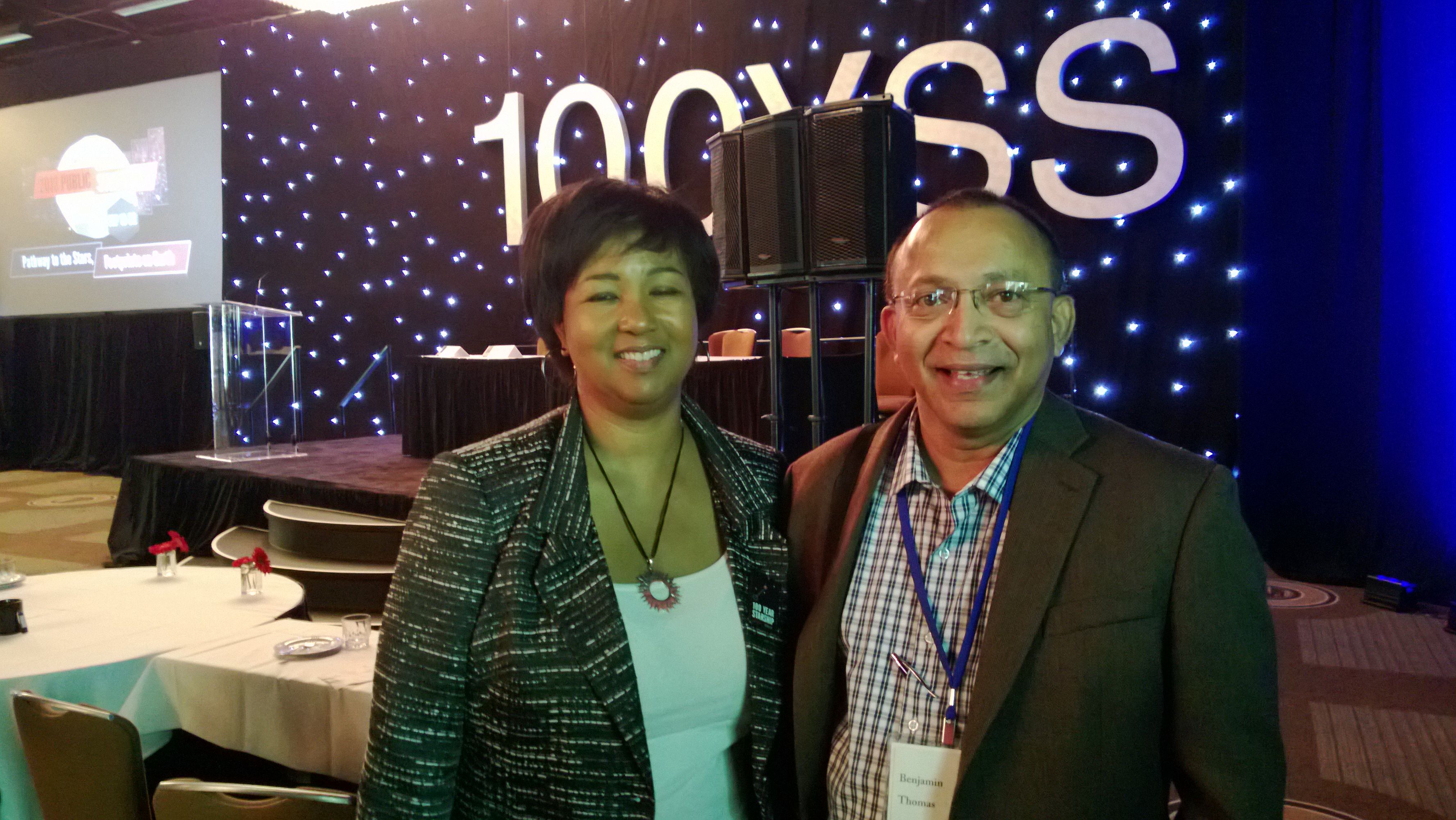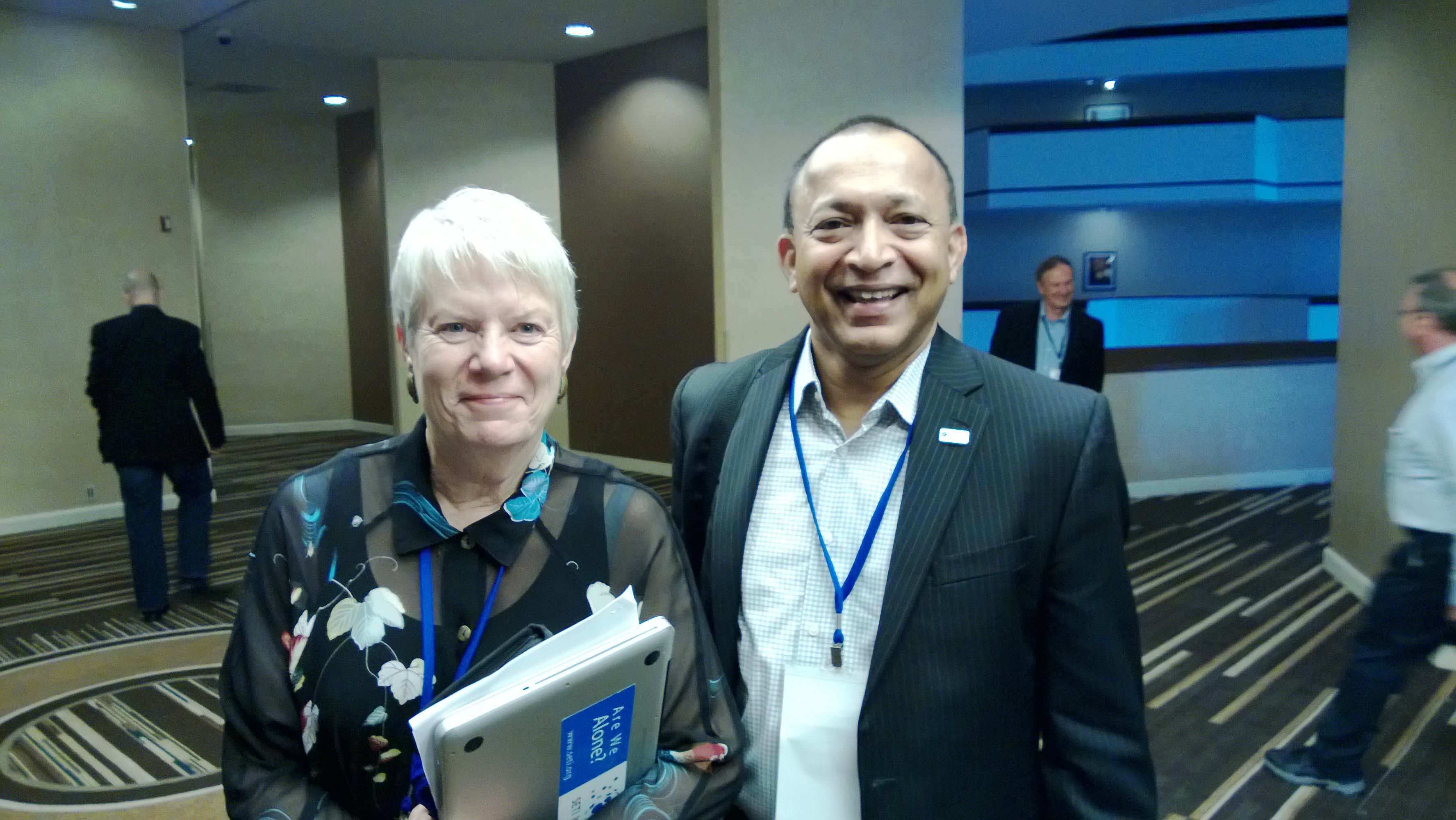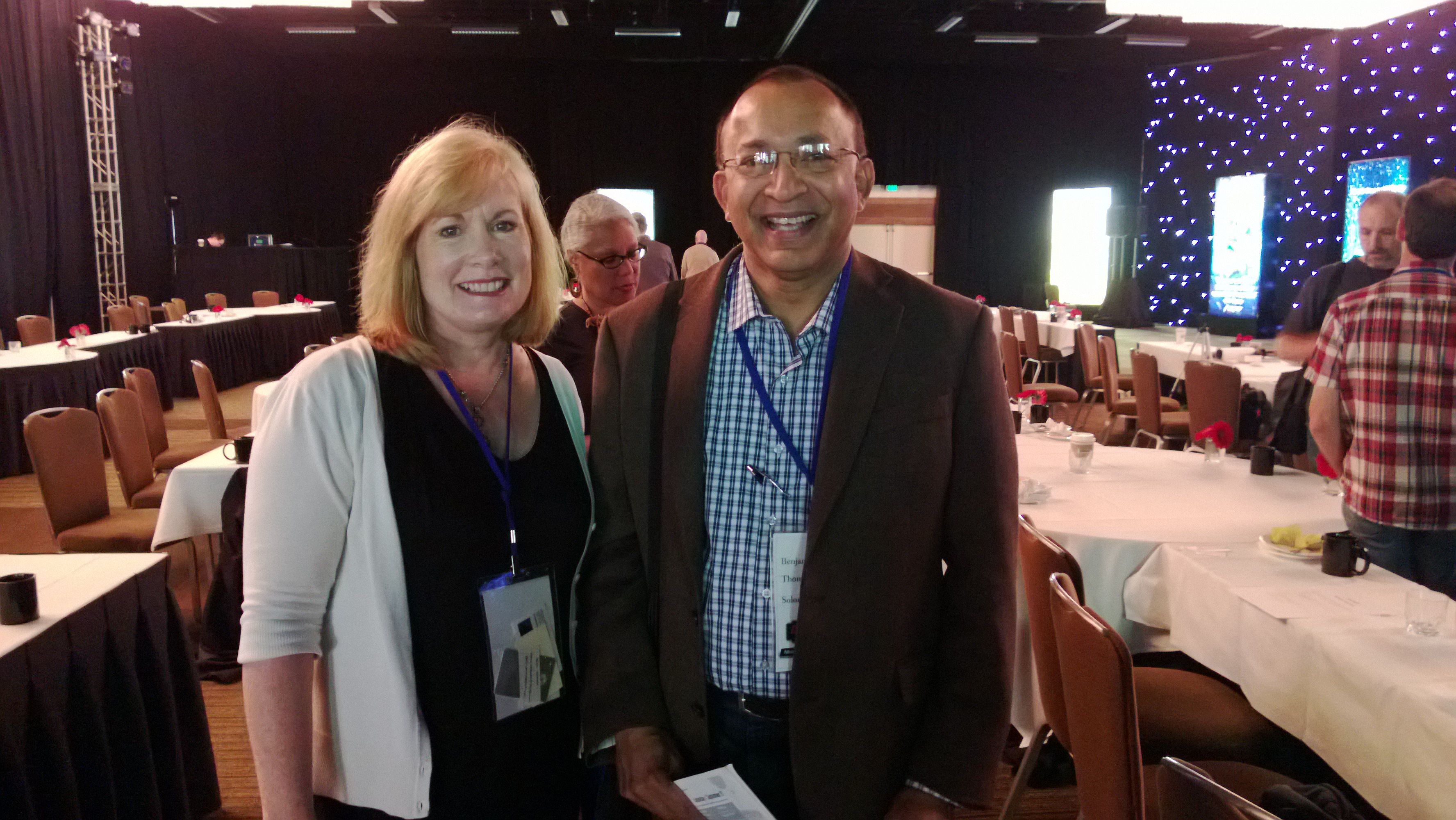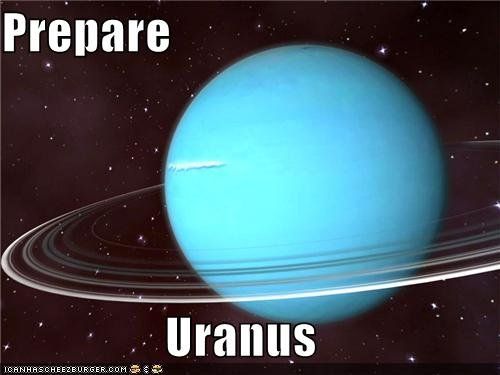Most of us know helium as that cheap inert lighter-than-air gas we use to fill party balloons and inhale to increase voice-pitch as a party trick for kids. However, helium has much more important uses to humanity — from medical (e.g. MRIs), military and defense (submarine detectors use liquid helium to clean up noisy signals), next-generation nuclear reactors, space shuttles, solar telescopes, infra-red equipment, diving, arc welding, particle physics research (the super-magnets in particle colliders rely on liquid helium), the manufacture of many digital devices, growing silicon crystals, the production of LCDs and optical fibers [1].
The principal reason helium is so important is due to its ultra-low boiling-point and inert nature making it the ultimate coolant of the human race. As the isotope helium-3, helium is also used in nuclear fusion research [2]. However, our Earth supplies of helium are being used at an unprecedented rate and could be depleted within a generation [4] and at the current rate of consumption we will run out within 25 to 30 years. As the gas is often thought of as a cheap gas it is often wasted. However, those who understand the situation, such as Prof Richardson, co-chair of a recent US National Research Council inquiry into the coming helium shortage, warn that the gas is not cheap due to the supply being inexhaustible, but because of the Helium Privatisation Act passed in 1996 by the US Congress.
Helium only accounts for 0.00052% of the Earth’s atmosphere and the majority of the helium harvested comes from beneath the ground being extracted from minerals or tapped gas deposits. This makes it one of the rarest elements of any form on the planet. However, the Act required the helium stores [4] held underground near Amarillo in Texas to be sold off at a fixed rate by 2015 regardless of the market value, to pay off the original cost of the reserve. The Amarillo storage facility holds around half the Earth’s stocks of helium: around a billion cubic meters of the gas. The US currently supplies around 80 percent of the world’s helium supplies, and once this supply is exhausted one can expect the cost of the remaining helium on Earth to increase rapidly — as this is in all practicality quite a non-renewable resource.
There is no chemical way of manufacturing helium, and the supplies we have originated in the very slow radioactive alpha decay that occurs in rocks. It has taken 4.7 billion years for the Earth to accumulate our helium reserves, which we will have exhausted within about a hundred years of the US’s National Helium Reserve having been established in 1925. When this helium is released to the atmosphere, in helium balloons for example, it is lost forever — eventually escaping into space [5][6]. So what shall we do when this crucial resource runs out? Well, in some cases liquid nitrogen (−195°C) may be adopted as a replacement — but in many cases liquid nitrogen cannot be used as a stand alone coolant as tends to be trickier to work with (triple point and melting point at around −210°C) — so the liquid helium is used because it is capable of staying liquid at the extreme cool temperatures required. No more helium means no more helium liquid (−269°C) that is used to cool the NMR (nuclear magnetic resonance apparels), and in other machines such as MRI scanners. One wonders therefore must we look towards space exploration to replenish our most rare of resources on Earth?
Helium is actually the second most abundant resource in the Universe, accounting for as much as 24 percent of the Universe’s mass [7] — mostly in stars and the interstellar medium. Mining gas giants for helium has been proposed in a NASA memorandum on the topic [8] which have also have great abundance of this gas, and it has been suggested that such atmospheric mining may be easier than mining on the surfaces of outer-planet moons. While this had focused on the possibility of mining Helium-3 from the atmosphere of Jupiter, with inherent complications of delta-V and radiation exposure, a more appropriate destination for mining regular helium may rest with the more placid ice-giant Uranus (not considered in the memorandum as the predicted concentration of Helium-3 in the helium portion of the atmosphere of Uranus is quite small). Leaving aside specific needs for Helium-3 which can be mined in sufficient volume much closer — on our Moon [9], a large-scale mining mission to Uranus for the more common non-radioactive isotope could ensure the Earth does not have to compromise so many important sectors of modern technology in the near future due to an exhaustion of our helium stock. A relatively lower wind speed (900 km/h, comparing favorably to 2,100 km/h on Neptune), with a lower G-force (surface gravity 0.886 g, escape velocity 21.3 km/s) [10] and an abundance of helium in its atmosphere (15 ± 3%) could make it a more attractive option, despite the distances (approx 20 AU), extreme cold (50-70K) and radiation belts involved. Rationalising complexities in radiation, distance, time and temperatures involved for human piloting of such a cargo craft, it could be considered more suited to an automated mission, remote-controlled under robotics similar to orbiter probes — even though this would introduce an additional set of challenges — in AI and remote control.
However, we have a Catch 22 — NASA space programs use the gas to aid their shuttles [12]. Liquid fuels are volatile. They are packed with corrosive material that could destroy a spacecraft’s casing. To avoid this problem, a craft is filled with helium gas. If this could be replaced in such shuttles with some alternative, and advances in space transportation made to significantly increase the cargo of such ships over interplanetary-distances, perhaps a case could be made for such ambitious gas mining missions, though at present given current NASA expenditure, this would seem like fantasy [13]. Realistic proposals for exploration of Uranus [14] fall far short of these requirements. Helium is a rare and unique element we need for many industrial purposes, but if we don’t conserve and recycle our helium, we are dooming mankind to a future shortage of helium, with little helium left for future generations here on Earth [15] — as for now, replenishing such from space seems like a rather long shot.
————————————————
[1] 8 Surprising High-Tech Uses for Helium — TechNewsDaily
http://www.technewsdaily.com/5769-8-surprising-high-tech-helium.html
[2] Helium-3 as used in Nuclear Fusion Research
http://en.wikipedia.org/wiki/Helium-3
[3] The world is running out of helium — Nobel prize winner Prof Robert Richardson.
http://phys.org/news201853523.html#jCp
[4] The Federal Helium Reserve
http://www.blm.gov/nm/st/en/prog/energy/helium/federal_helium_program.html
[5] Why the World Will Run Out of Helium
http://scienceblogs.com/startswithabang/2012/12/12/why-the-world-will-run-out-of-helium/
[6] Will We Run Out of Helium?
http://chemistry.about.com/b/2012/11/11/will-we-run-out-of-helium.htm
[7] Where Is Helium Found — Universe Today
Where is Helium Found
[8] Bryan Palaszewski. “Atmospheric Mining in the Outer Solar System“
http://www.grc.nasa.gov/WWW/RT/2005/RT/RTB-palaszewski1.html
[9] Mining the Moon for Helium-3 — RocketCitySpacePioneers
http://www.rocketcityspacepioneers.com/space/mining-the-moon-for-helium-3
[10] Uranus — Physical characteristics
http://en.wikipedia.org/wiki/Uranus
[11] Uranus’s Magnetosphere — NASA Voyager VPL
http://voyager.jpl.nasa.gov/science/uranus_magnetosphere.html
[12] Space shuttle use of propellants and fluids — NASA KSC
http://www-pao.ksc.nasa.gov/kscpao/nasafact/pdf/ssp.pdf
[13] Project Icarus: The Gas Mines of Uranus
http://news.discovery.com/space/project-icarus-helium-3-mining-uranus-110531.htm
[14] The case for a Uranus orbiter, Mark Hofstadter et al.
http://www.lpi.usra.edu/decadal/opag/UranusOrbiter_v7.pdf
[15] Why the World Will Run Out of Helium
http://scienceblogs.com/startswithabang/2012/12/12/why-the-world-will-run-out-of-helium/
